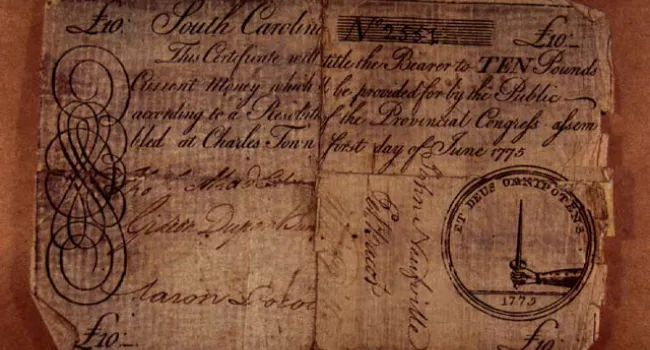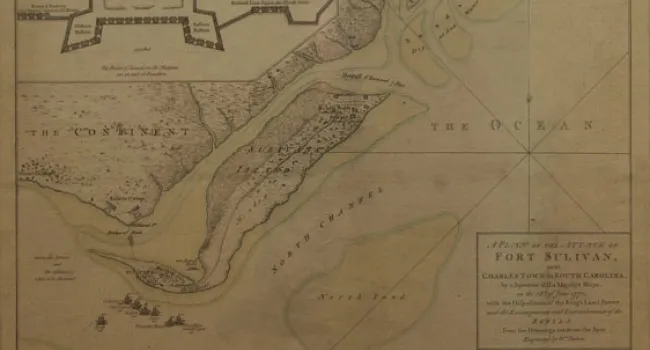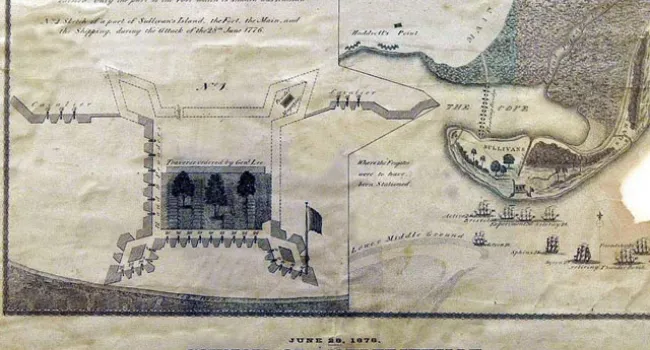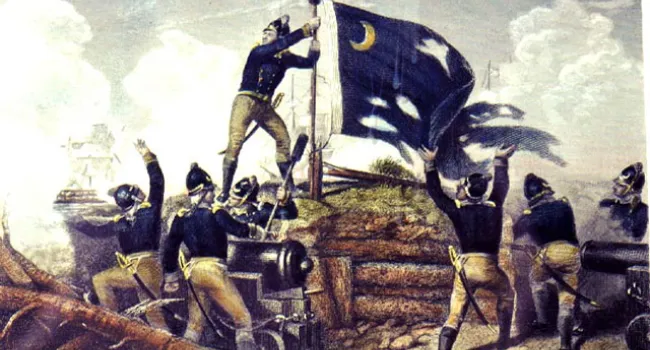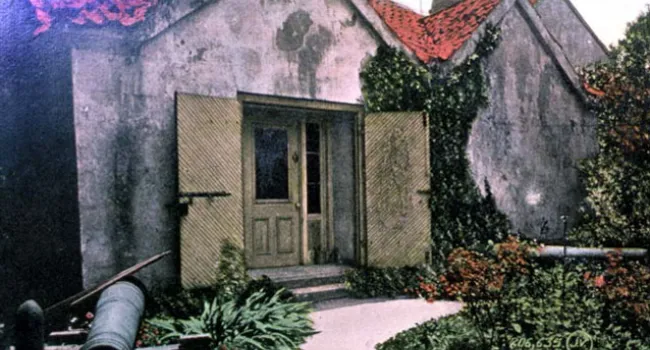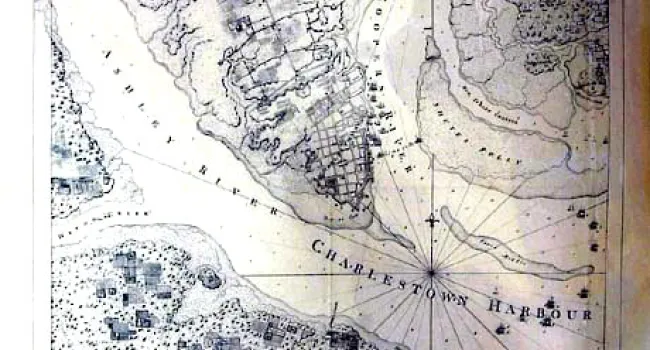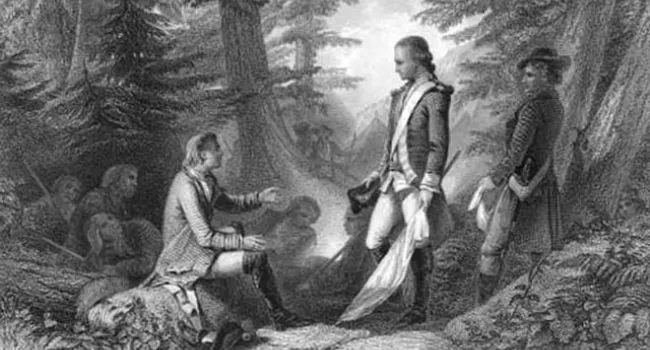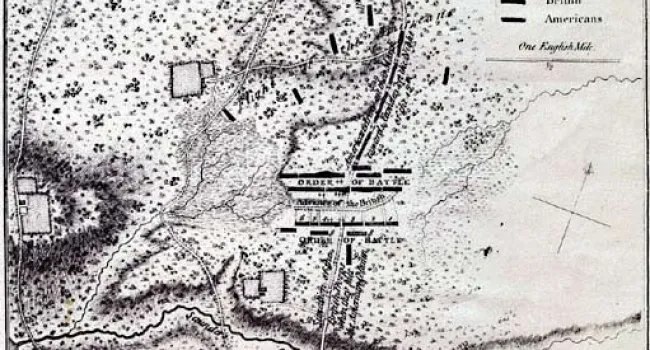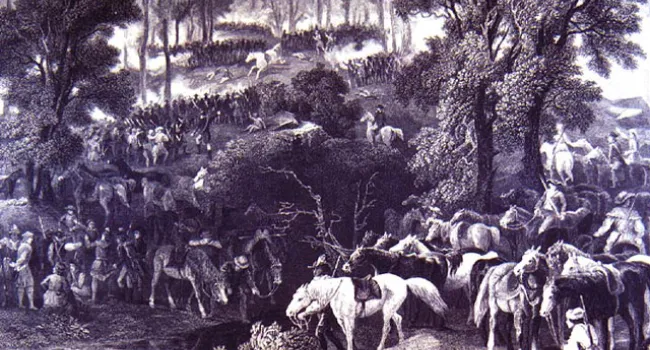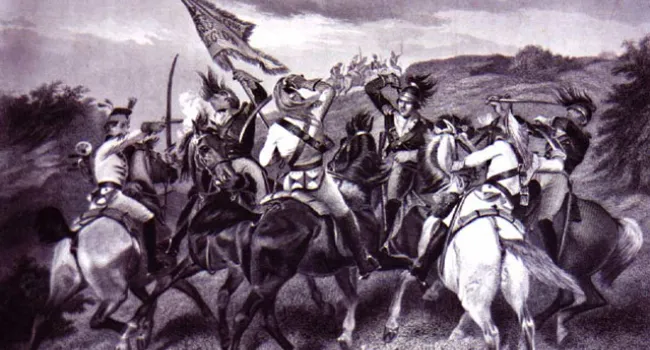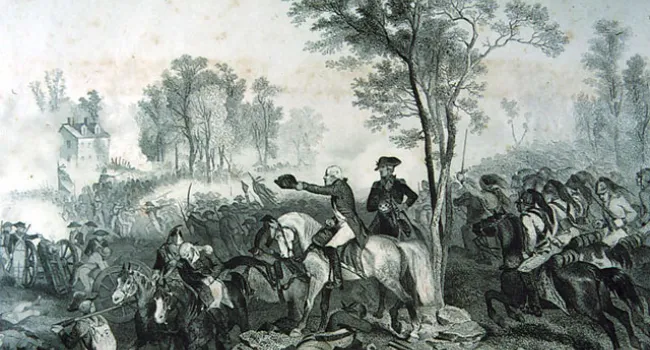
The Constitution of 1776. Even before the Declaration of Independence was written, members of the Continental Congress recognized that, because the English officials had fled from Massachusetts and South Carolina, new forms of government were needed. They specifically advised the Provincial Congress of South Carolina to establish a form of government that would "effectually secure the peace and good order in the colony, during the continuance of the present dispute between Great Britain and the colonies." The document you see, adopted in March 1776, is a result of that recommendation. Intended to be only a temporary measure, the South Carolina Constitution represents a logical development from 1776 colonial conditions. The King's instructions to the governors of royal colonies had outlined the frame of government and defined the duties, powers, and limits of its officers. The preamble of this constitution mentions that the new document was necessary since Governor Lord Campbell had carried away the royal instructions. This new constitution contained similar instructions, but this time they came from the people of South Carolina. The legislative branch of the new government consisted of two "houses." Members of the lower house were elected by the people, and the upper house members selected by the lower. Called the Legislative Council, this upper house would have thirteen members. Instead of a governor, there was a president who was chosen by both houses and could not be reelected. One of the unique features of this constitution is the great power that the President was given, including the power to veto legislation. The judicial branch remained virtually unchanged from the colonial system.
Courtesy of the South Carolina Department of Archives and History.
Standards
- This indicator was developed to encourage inquiry into the process which led to the formation of the U.S. government, including the convening of the Continental Congresses, the passage of the Articles of Confederation, and the adoption of the U.S. Constitution.
- 8.2.CO Compare the motives and demographics of loyalists and patriots within South Carolina and the colonies.
- 8.2.CE Explain the economic, political, and social factors surrounding the American Revolution.
